IOS 14

There is currently no solution to hide the separators on the IOS 14 beta.
If you don't need an editable List, you should use a LazyVStack inside a ScrollView.
But if you want to stay on the List. I found a solution on the Apple forum by samwarner. https://developer.apple.com/forums/thread/651028
This is a temporary solution. In some cases you may need to adjust the insets.
Here is its implementation:
struct HideRowSeparatorModifier: ViewModifier {
static let defaultListRowHeight: CGFloat = 44
var insets: EdgeInsets
var background: Color
init(insets: EdgeInsets, background: Color) {
self.insets = insets
var alpha: CGFloat = 0
UIColor(background).getWhite(nil, alpha: &alpha)
assert(alpha == 1, "Setting background to a non-opaque color will result in separators remaining visible.")
self.background = background
}
func body(content: Content) -> some View {
content
.padding(insets)
.frame(
minWidth: 0, maxWidth: .infinity,
minHeight: Self.defaultListRowHeight,
alignment: .leading
)
.listRowInsets(EdgeInsets())
.background(background)
}
}
extension EdgeInsets {
static let defaultListRowInsets = Self(top: 0, leading: 16, bottom: 0, trailing: 16)
}
extension View {
func hideRowSeparator(insets: EdgeInsets = .defaultListRowInsets, background: Color = .white) -> some View {
modifier(HideRowSeparatorModifier(insets: insets, background: background))
}
}
Finally, here is the implementation on a list. You have to add .hideRowSeparator() on the list cell.
struct CustomRow: View {
let text: String
var body: some View {
HStack {
Text(self.text)
Image(systemName: "star")
}
}
}
struct ContentView : View {
@State private var fruits = ["Apple", "Orange", "Pear", "Lemon"]
var body: some View {
VStack(alignment: .leading) {
List {
ForEach(self.fruits, id: \.self) { str in
CustomRow(text: str)
.hideRowSeparator()
}
}
}
.padding(.top)
}
}

